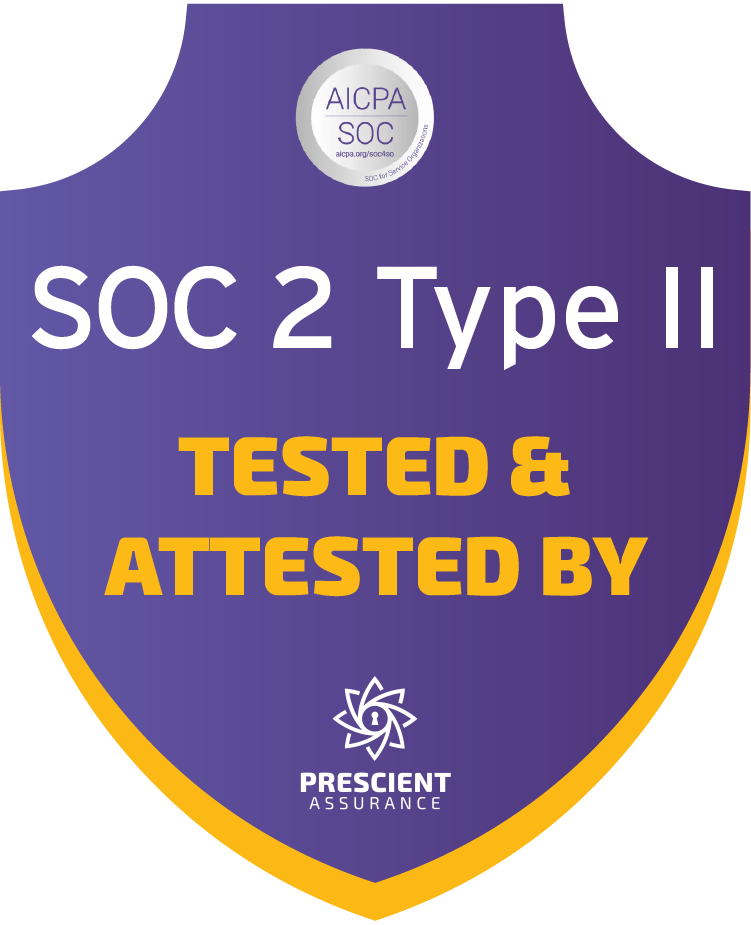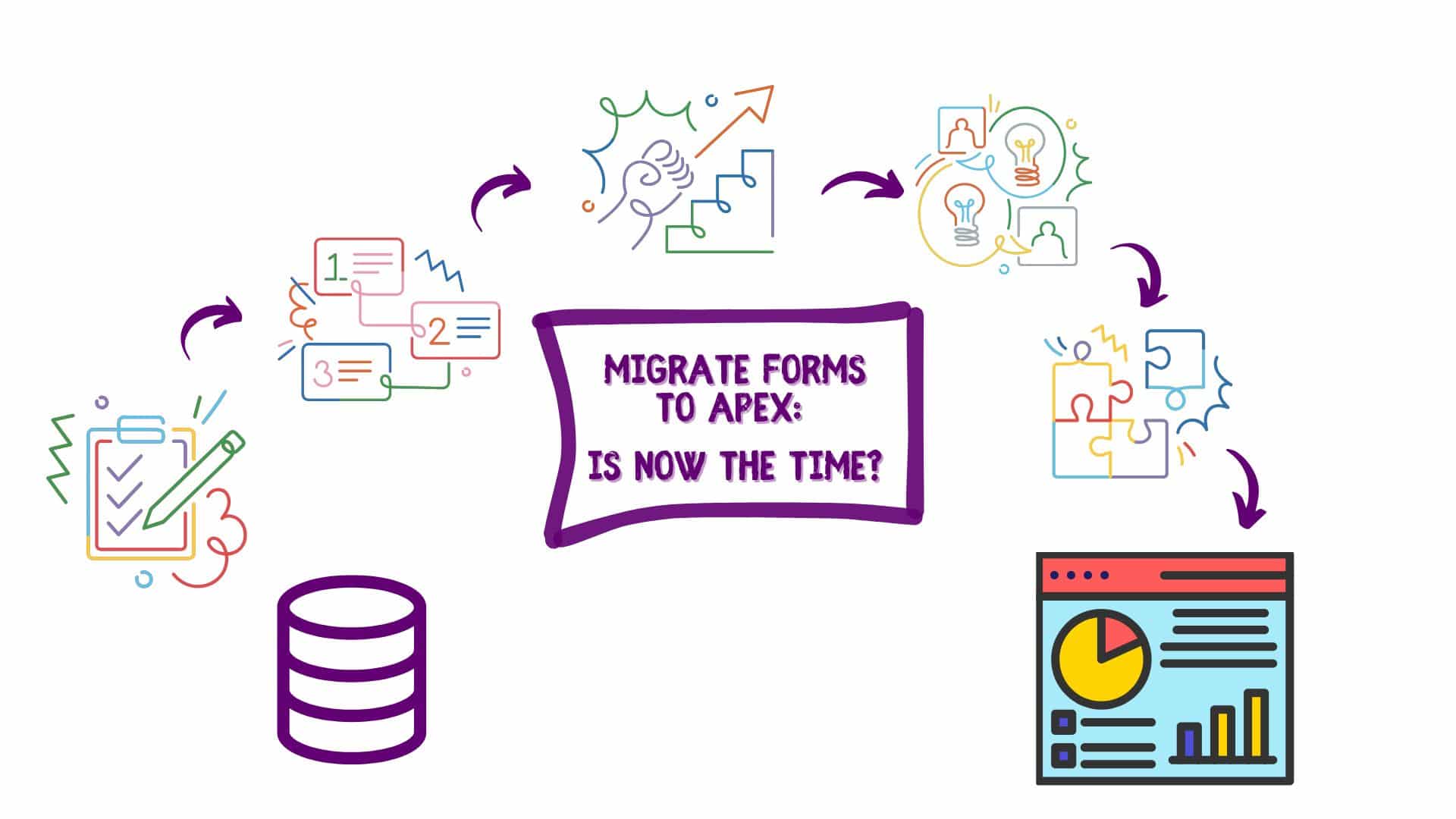With many Java frameworks in use today, the selection can be confusing for organizations investigating a move to this technology for new development. Oracle ADF is one powerful Java framework that not only offers many features for the larger Java community but has a particular attraction to experienced Oracle Forms professionals.
Are you considering a conversion of your existing Forms & Reports based application to a pure web format but don’t want to lose the functionality of a Client Rich User Interface? Are you considering new application development using Java technology? Oracle ADF might be the answer.
Many of the great features we all love in Oracle Forms can also be found in ADF. For example, instead of using Applets, ADF takes advantage of iFrames and Ajax to maintain a desktop type interface. Just like Forms, record navigation on a table causes instant updates to child records without refreshing the full screen as one might expect with typical web applications. Paging is still managed by a scroll bar and “fetch sizes”. Columns can be moved and entire panels can be hidden with just a click. Querying By Example (QBE) and column sorting also exist right out of the box.
Rapid Development Java Framework
The best part is that it is relatively easy to develop and fits into a safe and secure framework built on best practices. Developing the same type of application with other Java frameworks such as Struts would take considerably longer. ADF allows developers to focus more effort on business logic than on the user interface (UI) and model layer. In addition, with ADF it is possible to maintain a database session and transaction, which is especially useful if your application leverages Global Temporary Tables.
Similar Event Driven Approach As Oracle Forms
What about Forms trigger events? Although the same named triggers do not exist in ADF, the framework’s best practices outline areas where those same pieces of logic can be called. Button events and other presentation layer events can be captured in the Backing Bean. Item level triggers, such as “when-new-item” or “when-validate-item” now become set and get properties on the Entity. Block level triggers, like pre-query and post-query, are found on the View Object. In the event your application needs to read from a database view but write to a database table, overriding inserts, updates and deletes are also easily accommodated. The same operation with EJB3, for example, would be much more complicated. ADF’s Business Components add that extra layer of extraction that maintains familiarity with the Oracle application development technology philosophy.
Utilize Your PL/SQL Expertise for Maximum Leverage of Oracle Features
How many times have Forms developers heard .Net or Java EE developers ask: Why would you want to use PL/SQL and stored procedures? Oracle developers who are accustomed to leveraging Oracle’s powerful PL/SQL programming language constructs have their reasons! ADF bridges the gap, allowing developers to continue to take advantage of these same powerful features in a Java EE context.
Another ADF feature worth mention is in regards to text for labels and messages, which can be stored in files within the framework and called from the presentation layer. This allows for easy maintenance of preference changes or language support without having to store this type of data in the database.
Integrating Reports
Enough about Forms comparisons… What about Reports? It is worth mention that, out of the box, all table based screens in ADF can be exported to Excel spreadsheets. Coupled with search filters (QBE), this can be a very handy feature, not to be underestimated. Exporting filtered, live data can be extremely powerful, especially right at query time. For more complex reporting, however, ADF does not have an integrated reporting tool but other Java based tools can be easily integrated. For example, our team at Destech has successfully integrated a Java based BI tool, whereby reports are seamlessly generated right from the application, similar to what one might expect with Reports generated from Forms.
In conclusion, ADF is an effort by Oracle to incorporate the best practices of Java EE and even arguably Microsoft Visual Studio into one bundle. Its rich UI components are safe, efficient and reliable. Our team of experienced developers have been working with this Framework since its early release and have indentified all the pressure points. Click here for more information on how DesTech can help you migrate your existing Forms and Reports or simply contact us at consulting@destech.com.





